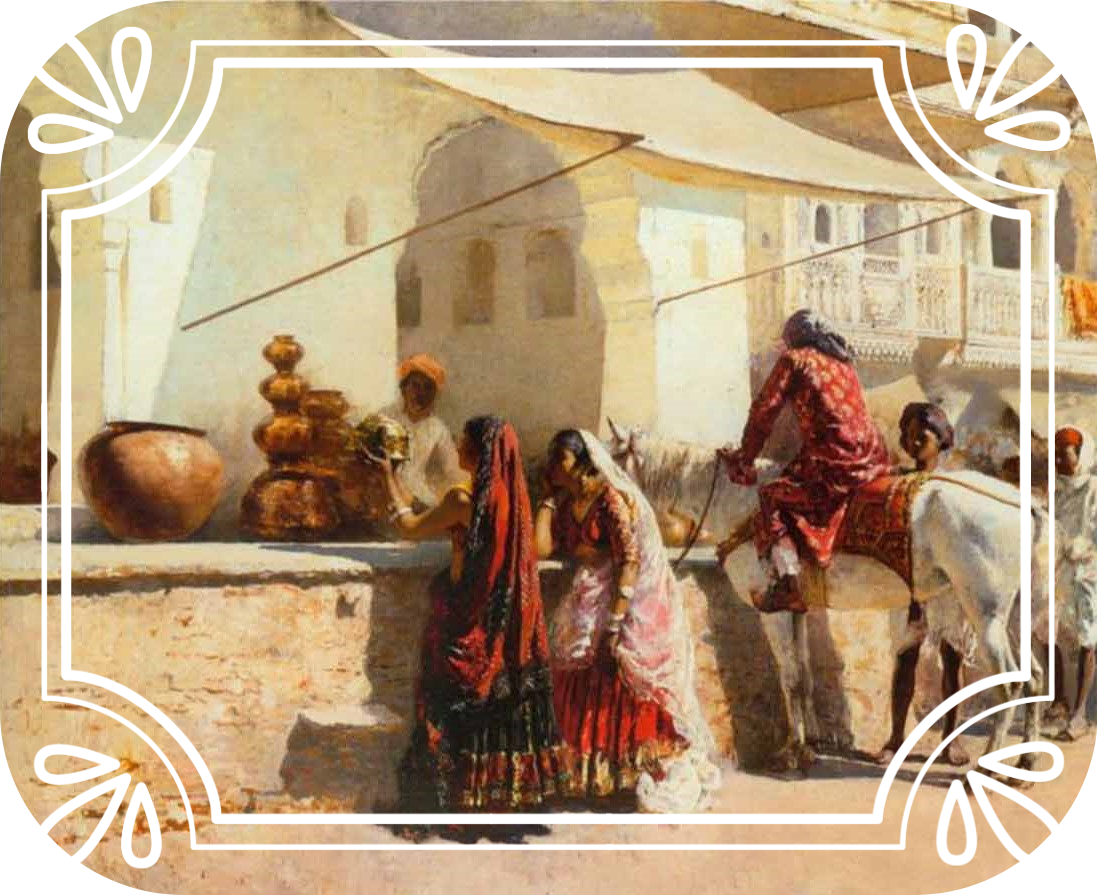The economy has there own development story. In the pre-historic period, the main activities of people had hunting and gathering. They were living the nomadic life.
In the Neolithic age, agricultural activities got started. Agricultural work made the nomadic life of the people permanent.This primary sector gave the birth to barter system . Barter is an act of trading goods or services between two or more parties without the use of money.
In later vedic period pepole came to know about Iron. Iron had changed the lifestyle of ancient pepole. This age was known as iron age.
India's Iron Age emerged in an era of transition known as the Vedic period, lasting from approximately 1500 to 600 BCE. The Vedic period covers both the end of the Bronze Age following the collapse of the Harappan civilization around 1400 CE and the start of the Iron Age. The Harappan civilization of the Indus River Valley had been complex and highly urbanized. The societies of the Vedic period were smaller, most only about the size of a village, recovering from the changes in the regional economy as well as drought, the likely culprit that collapsed India's Bronze-Age stability.
Traditional economies center around a family or tribe. They use traditions gained from the elders' experiences to guide day-to-day life and economic decisions.
Most traditional economies produce only what they need. There is rarely surplus or leftovers. That makes it unnecessary to trade or create money.
When traditional economies do trade, they rely on bartering. It can only occur between groups that don't compete. For example, a tribe that relies on hunting exchanges food with a group that relies on fishing. Because they just trade meat for fish, there is no need for cumbersome currency.
Traditional economies start to evolve once they start farming and settle down. They are more likely to have a surplus, such as a bumper crop, that they use for trade. When that happens, the groups create some form of money. That facilitates trading over long distances. This created a secondary sector of the economy.
